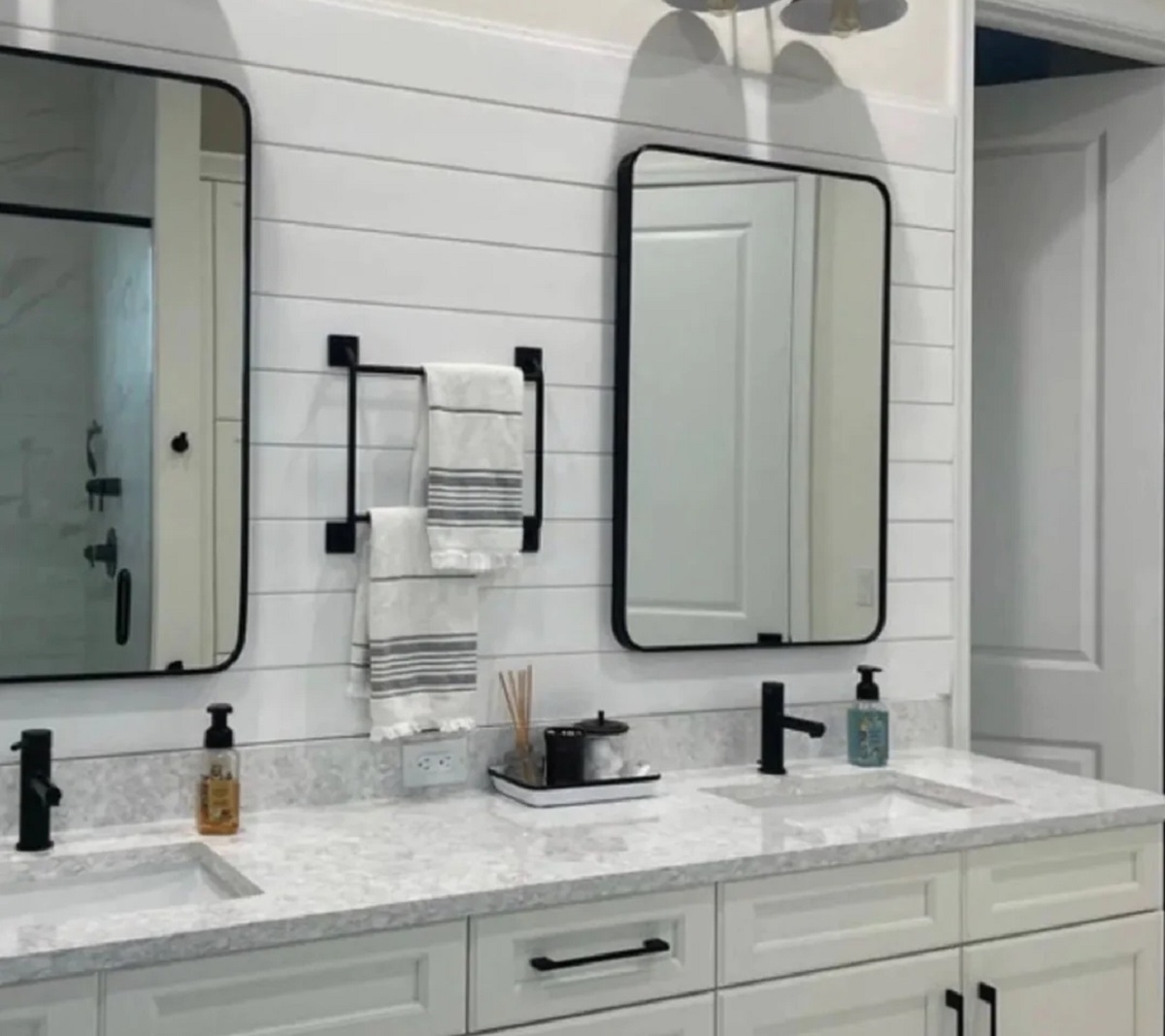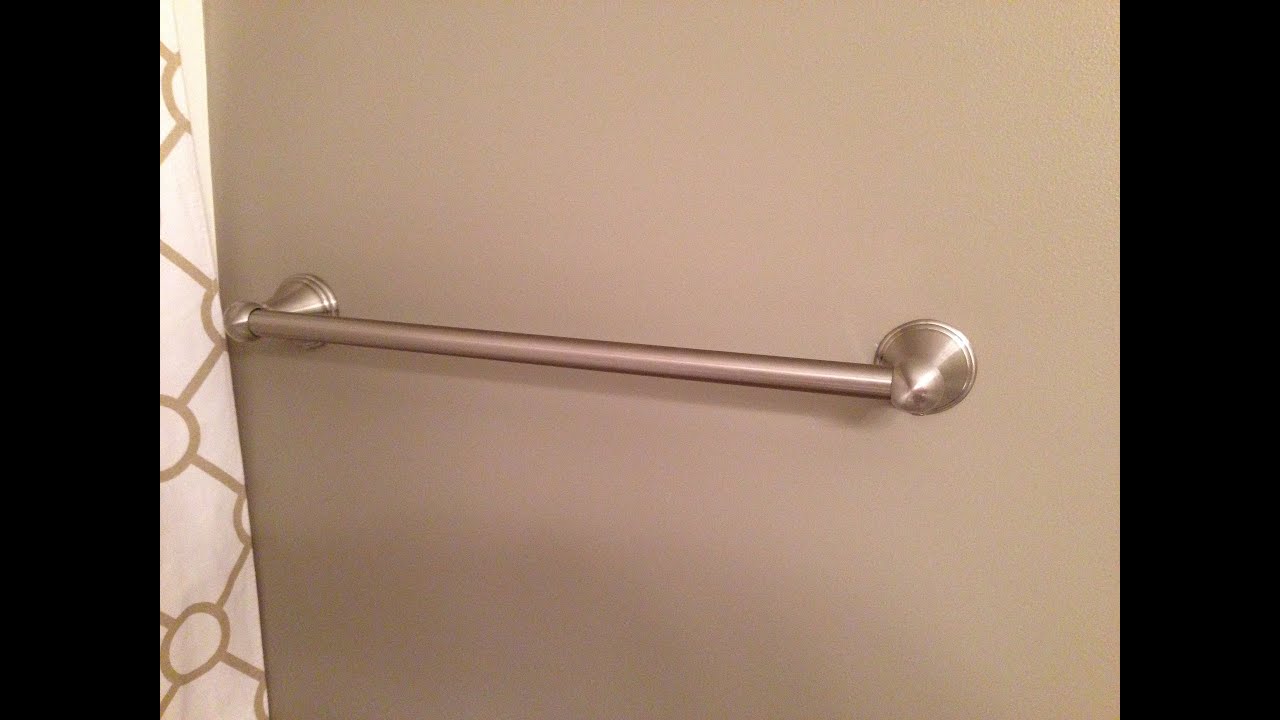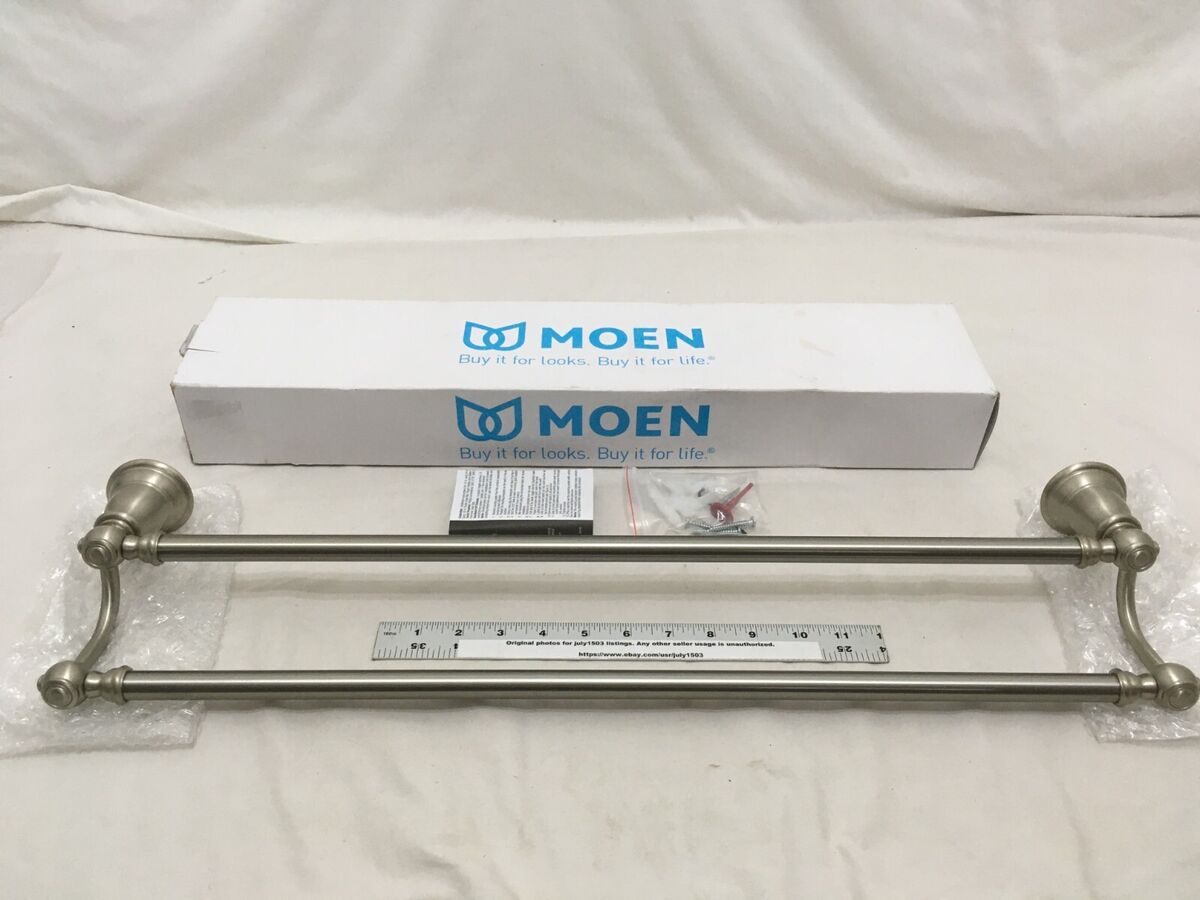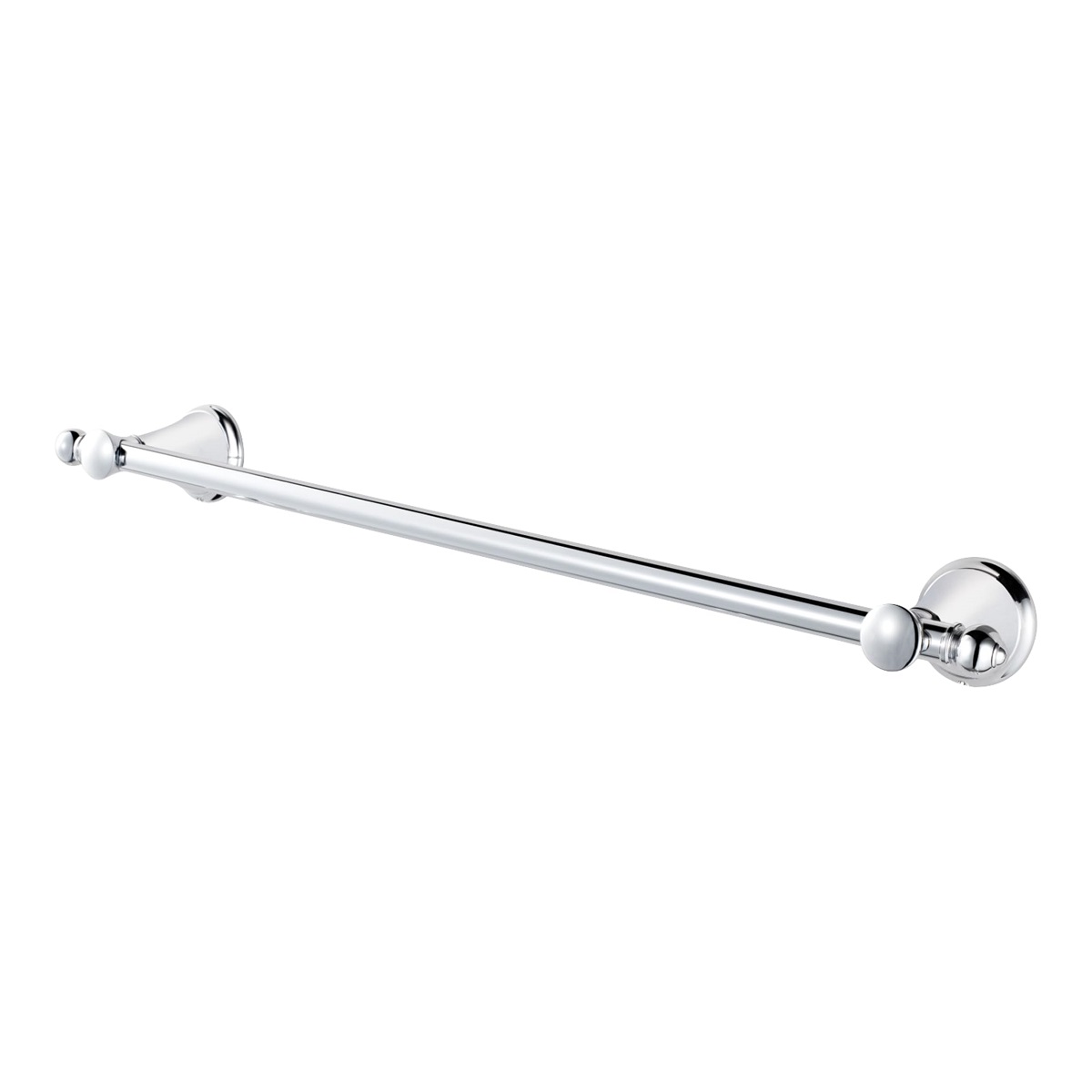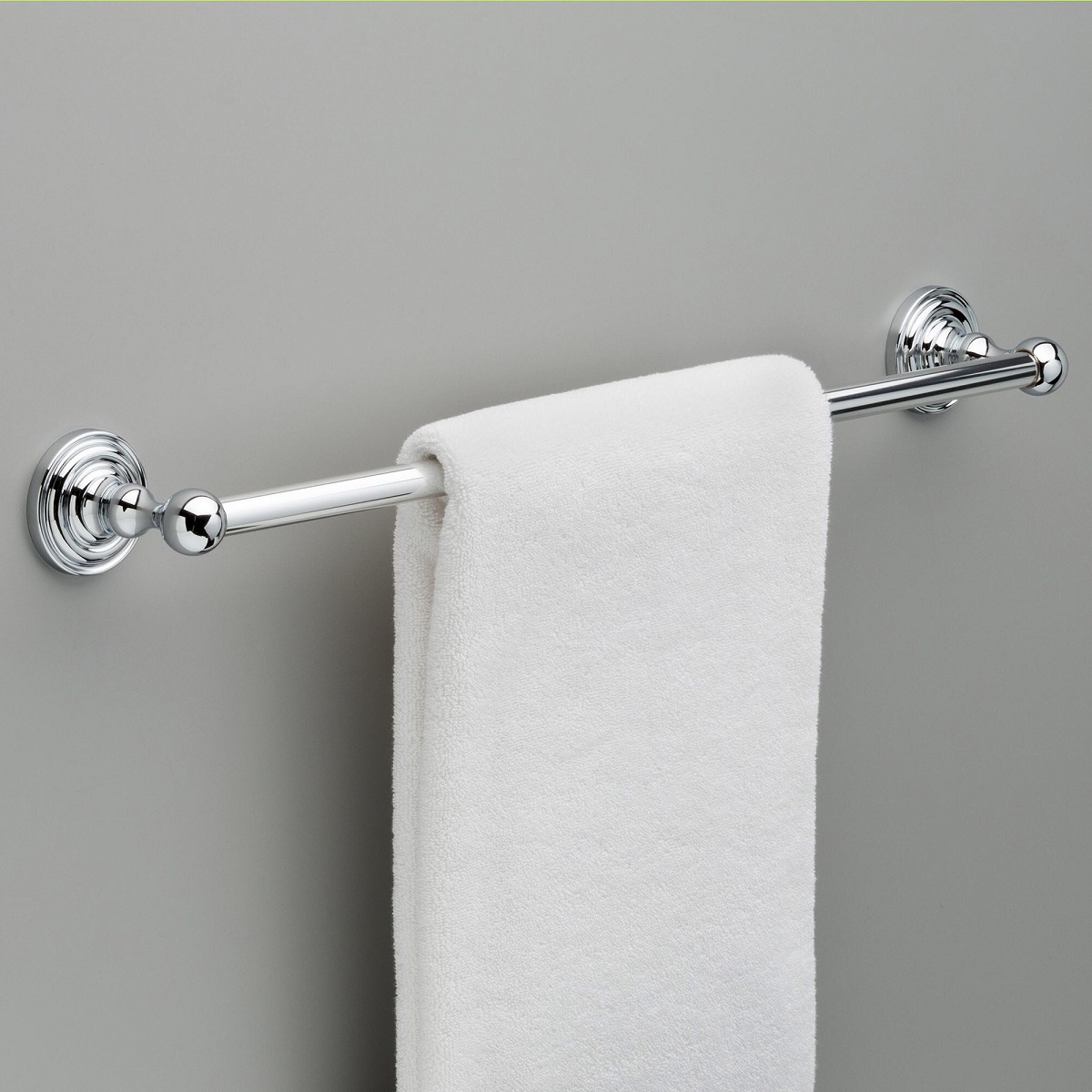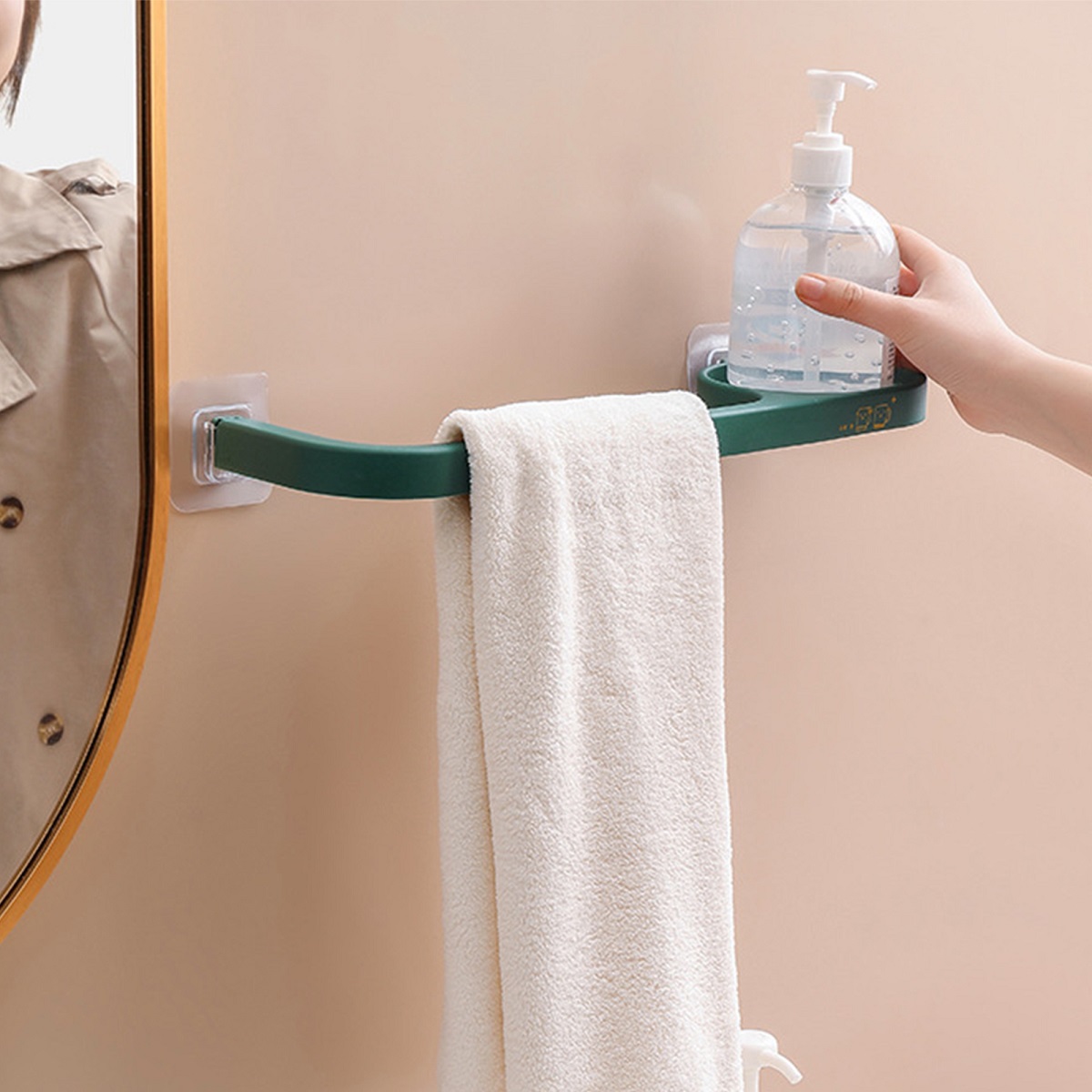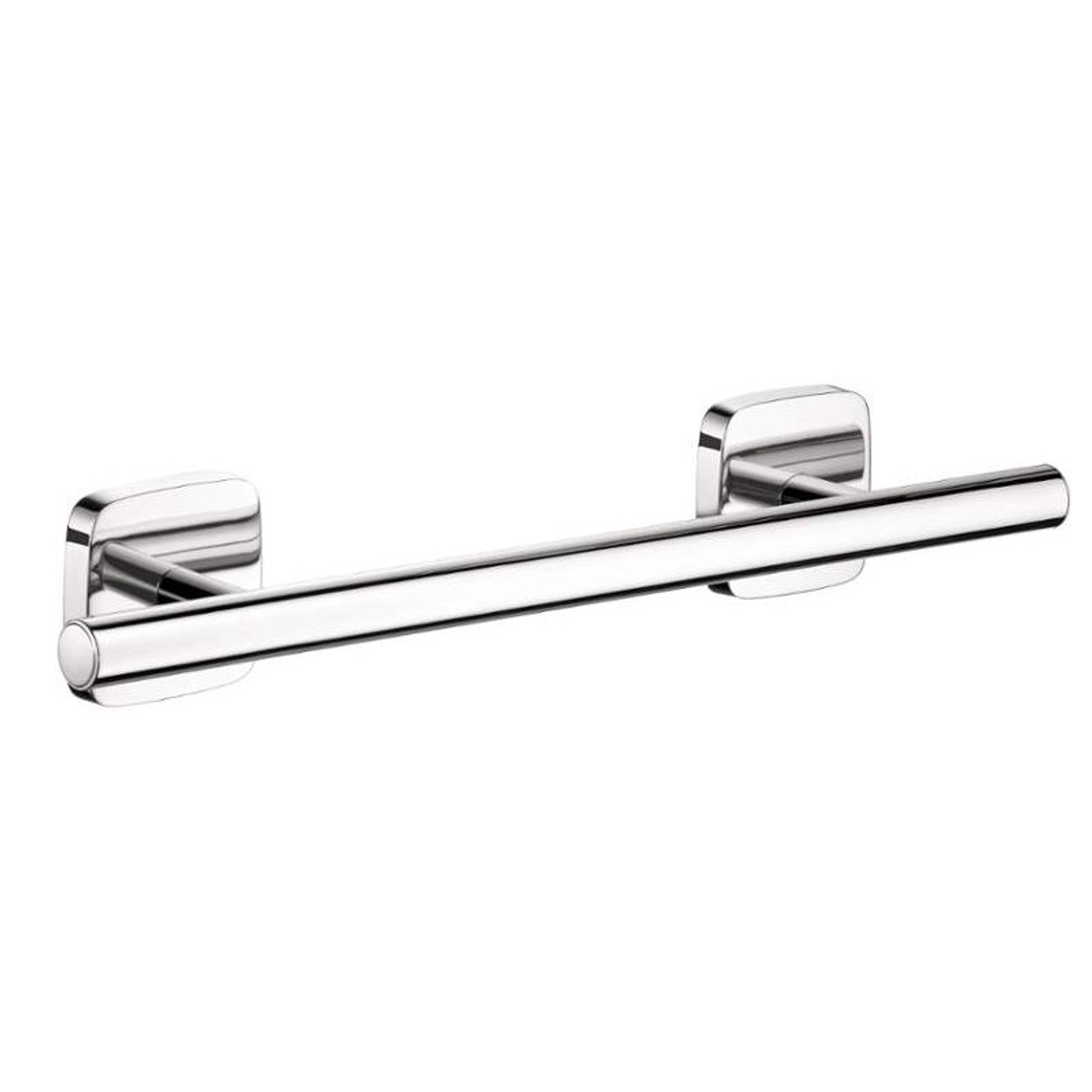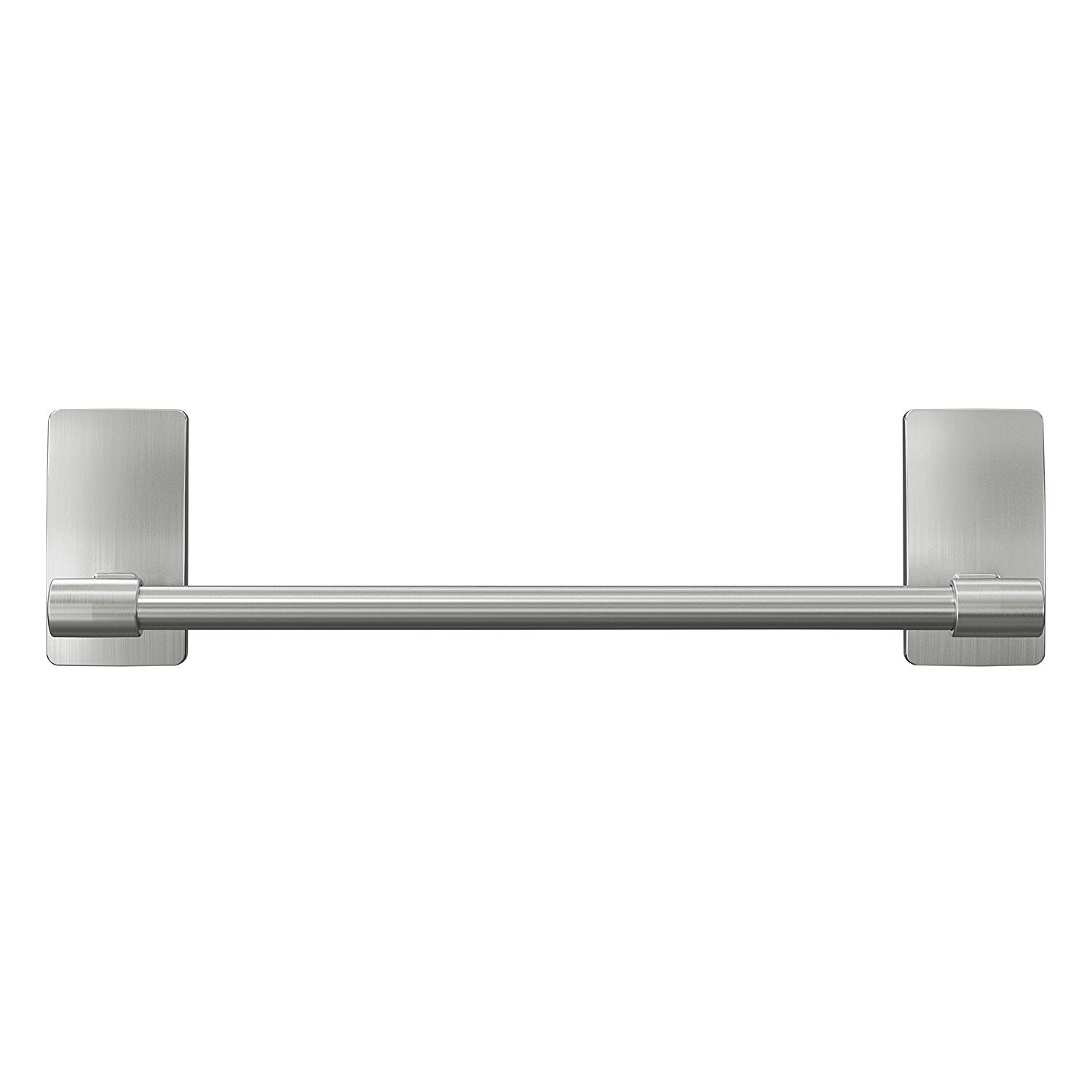Home> DIY Towel Bar Installation
DIY Towel Bar Installation: Step-by-Step Guide to Perfect Setup
Explore our easy DIY Towel Bar Installation guide. Transform your bathroom with a new towel bar in no time using our simple steps. Try it now, it’s easier than you think!
How To Shorten Price-Pfister 18 Inch Polished Chrome Towel Bar
By: Emily Roberts • Articles
